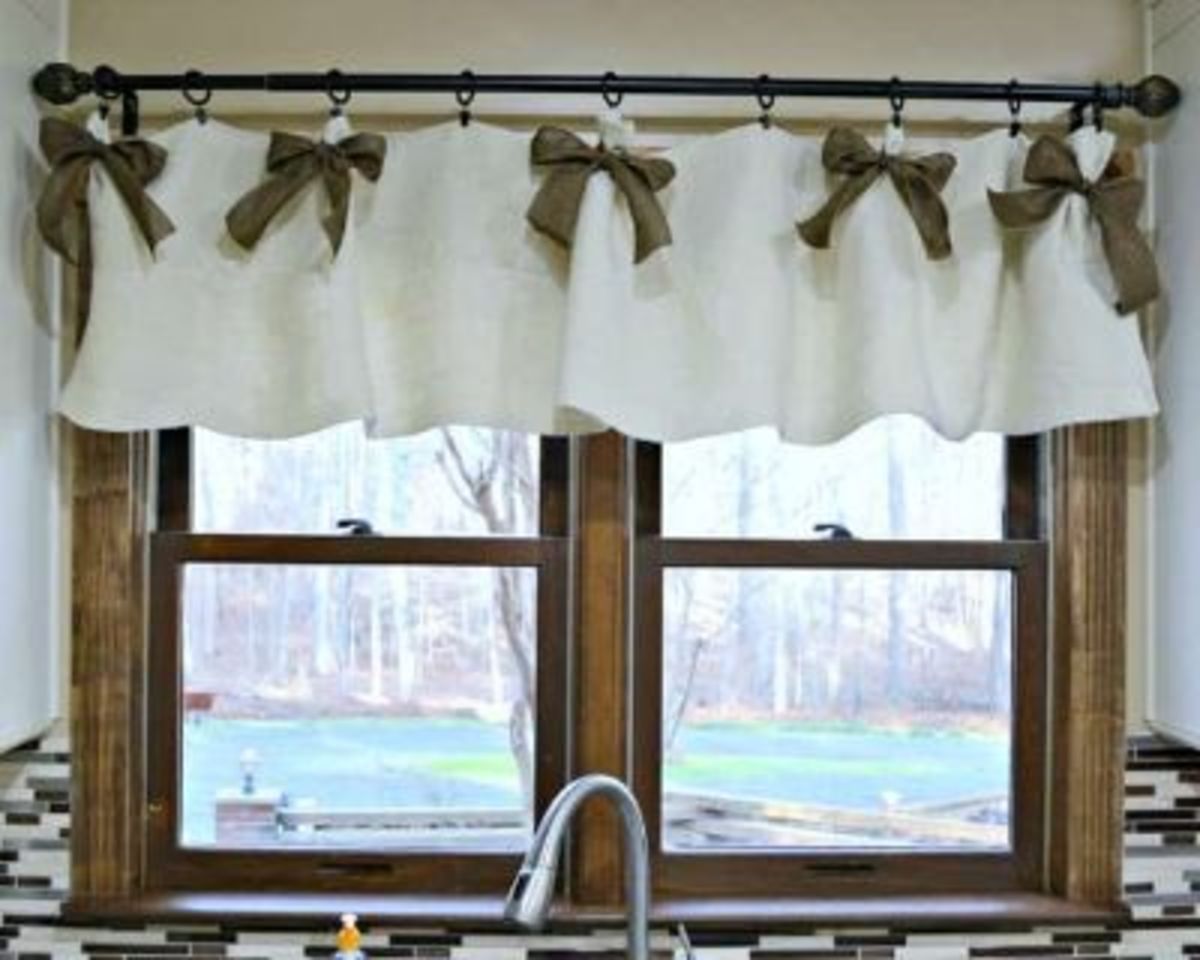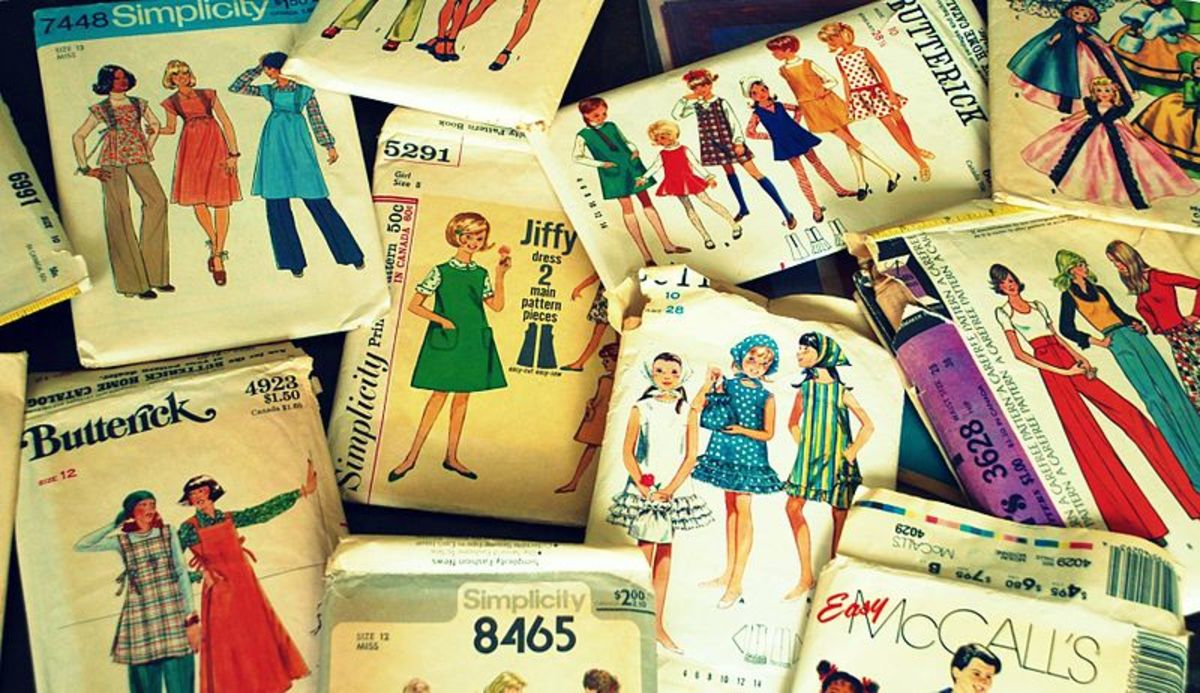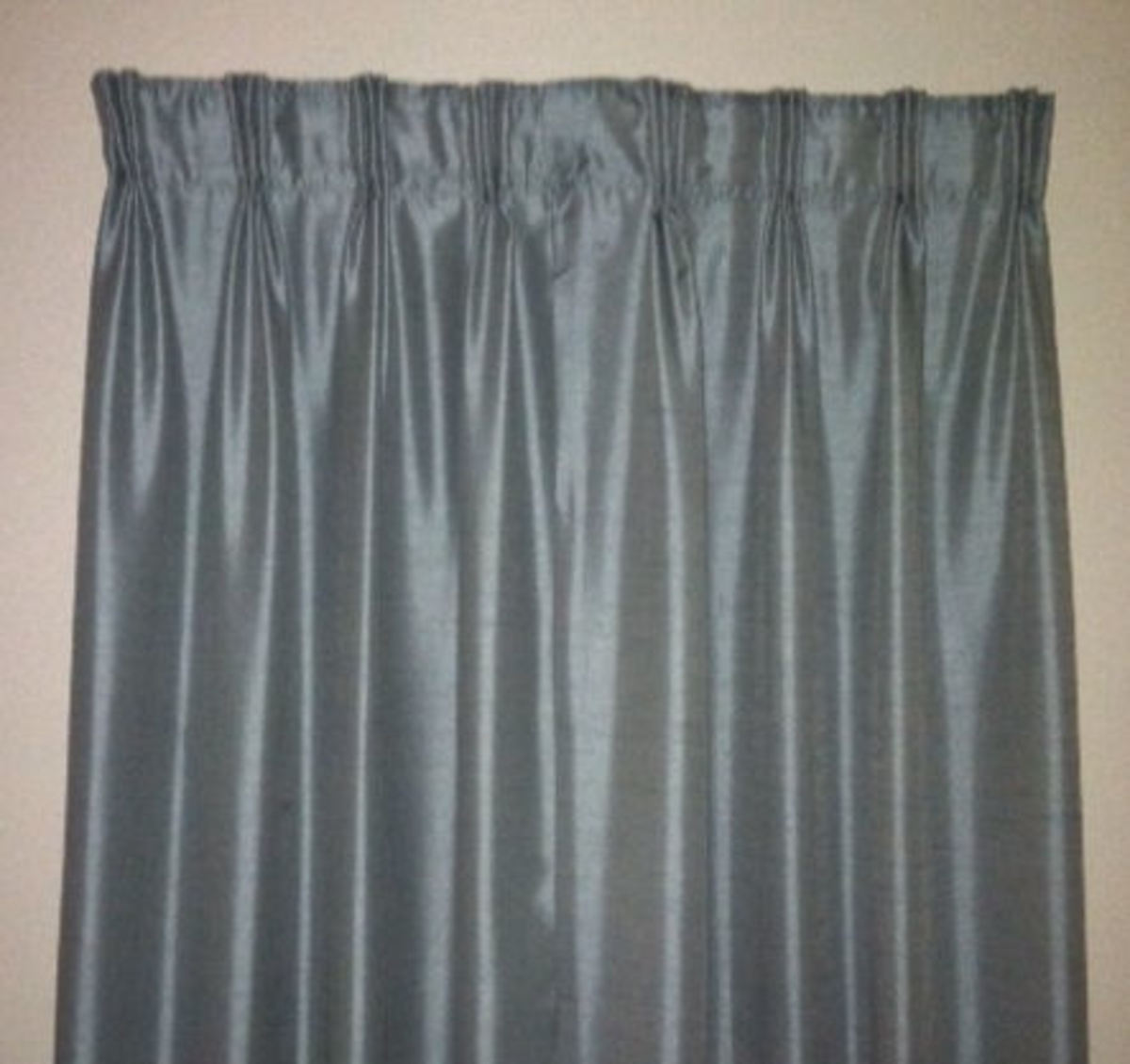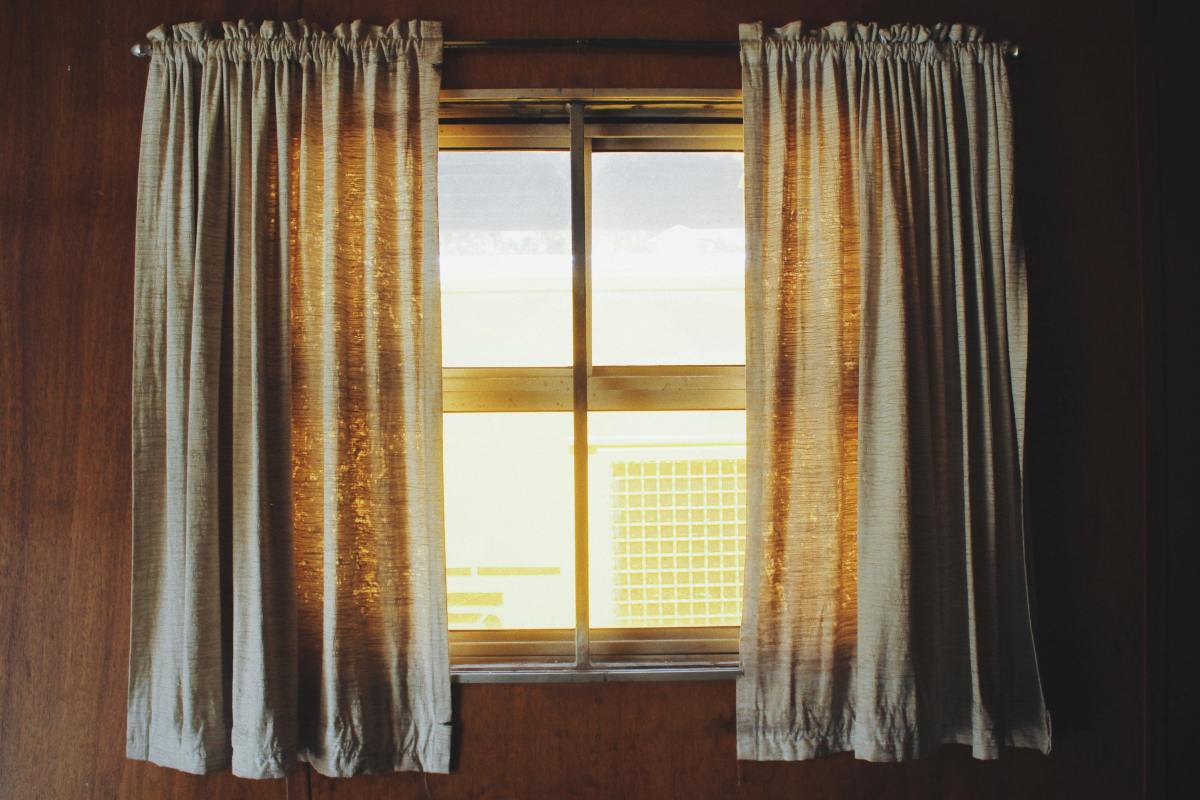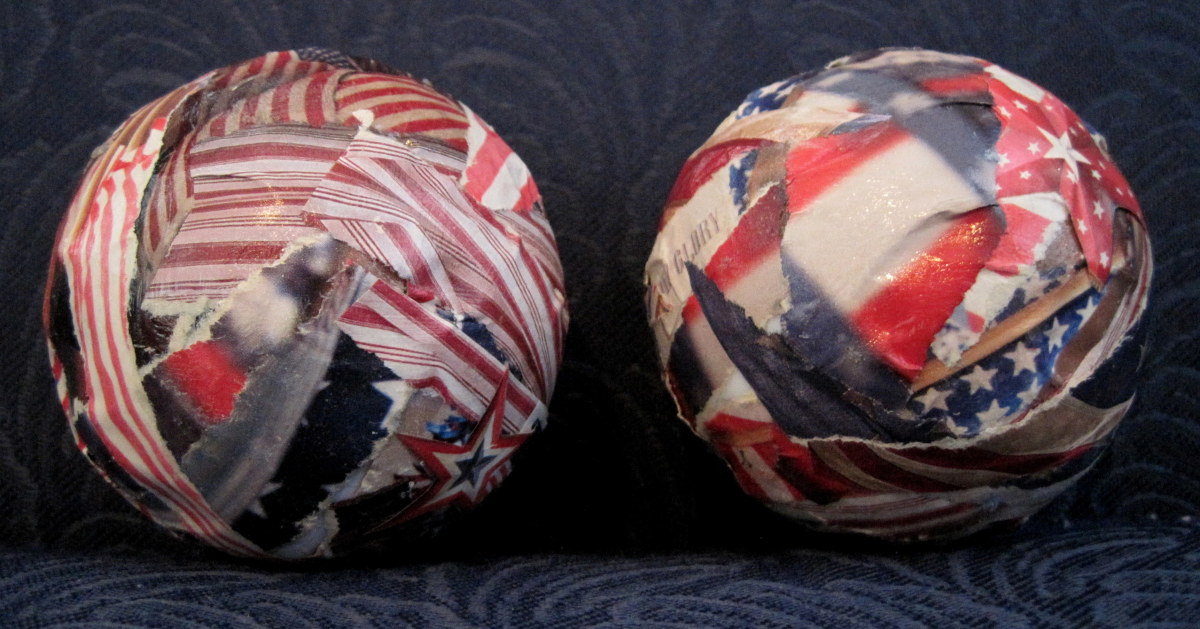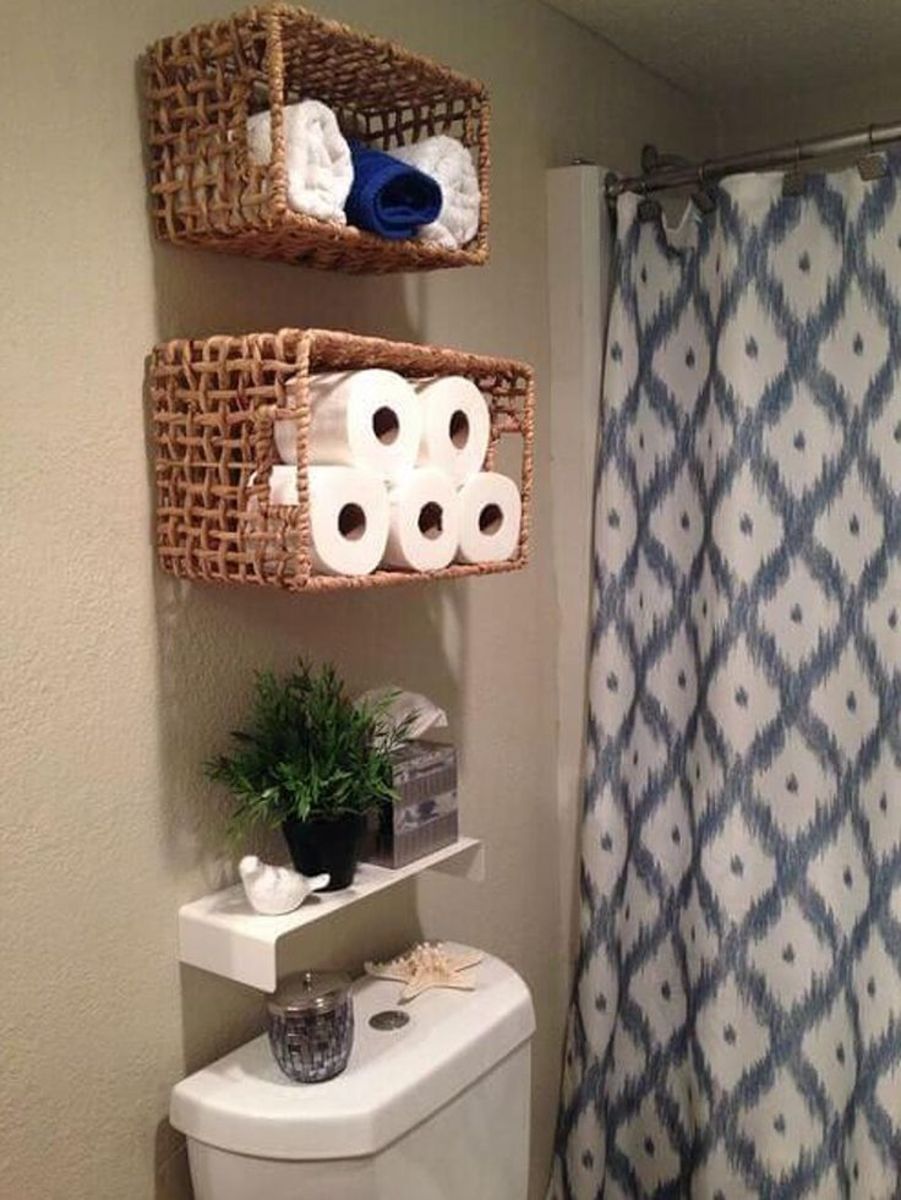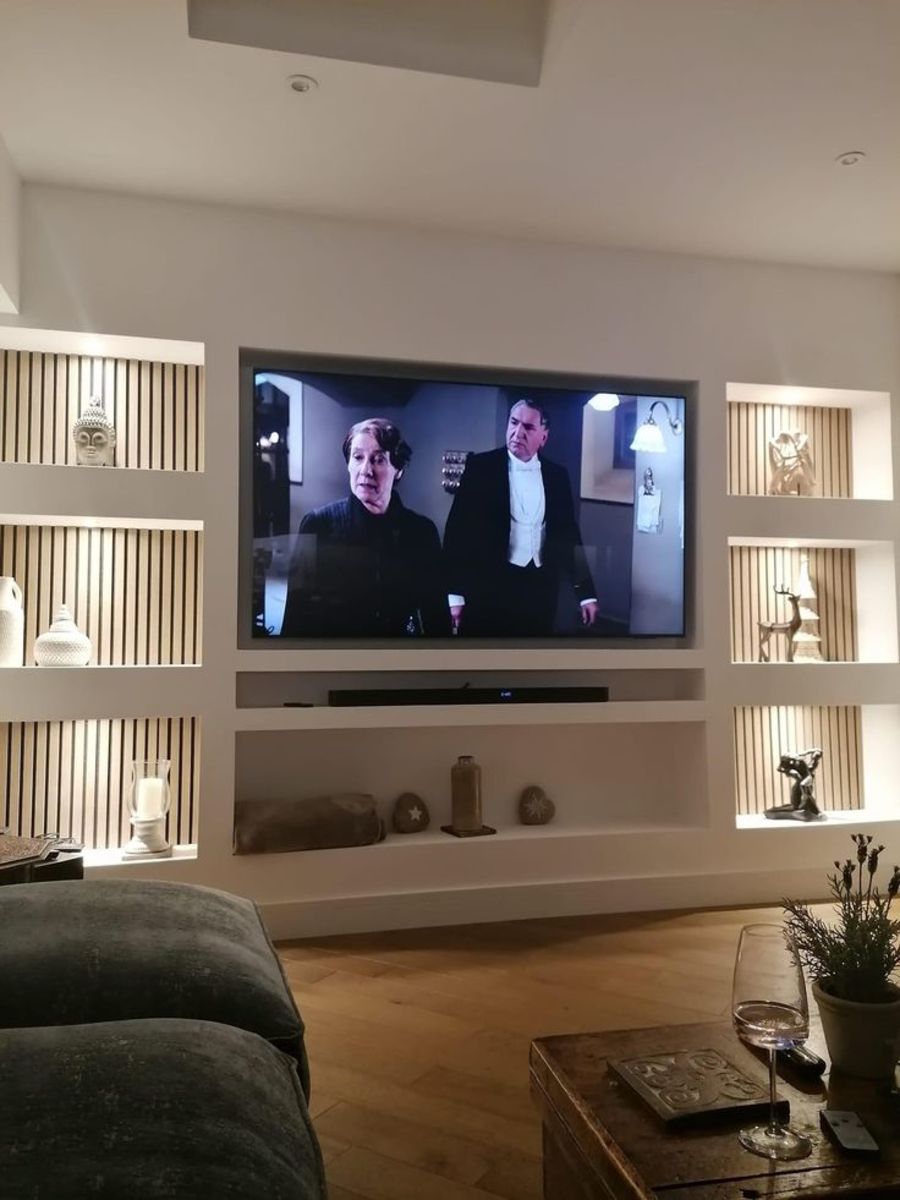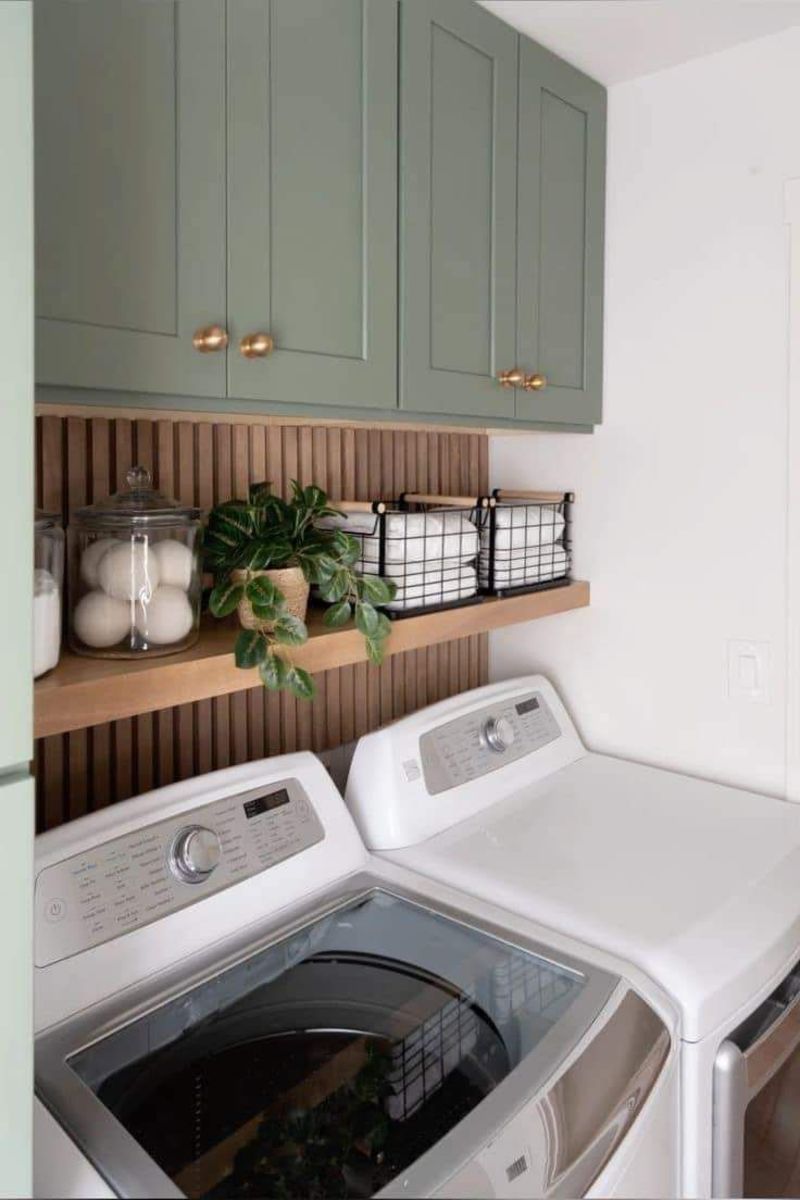Valances
Window valances are used in every kind of room and with every kind of window as a decorative element and for other reasons depending on the room. In the living room or family room they are most likely there to hide the hardware used to hang your curtains or blinds. Of course, there is hardware for window valances as well, but there are styles of valances that include not only a curtain rod that extends across a window, but small rod extensions that go all the way back to the wall. The result is a box of fabric around the window hardware, hiding it from view. In a kitchen, the window valance might be a way to add some color and texture to a room that does not have many decorating opportunities other than chair cushions or to help draw the eye from kitchens to breakfast nooks because the height of the valances matches the height of the kitchen cabinets. In a bedroom, window valances might be a way to perpetuate a decorating theme or are also used to hide hardware. Window valance treatments are not part of the system used to block harsh sunlight or protect your privacy. They are purely a decorative item with some helpful side effects.
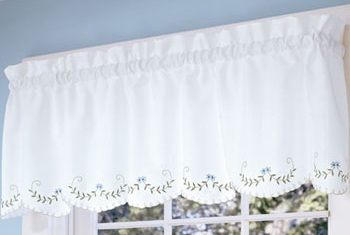
Shaped Window Valances versus Tailored Window Valances
When a retailer refers to a shaped window valance they are talking about a window valance treatment that looks like box around the top of the window. Not only is there fabric that falls straight down anywhere from twelve to sixteen inches in front of the top of the window, the fabric continues around the sides. Window valances usually hand approximately two the three inches in front of the window so the curtain rod that hold them up is attached to the wall with extenders. Valance window treatments are made so that the fabric also hangs on those extenders creating a small box.
Tailored window valances are different in that they do not include those pieces of fabric over the extenders. Instead, the window valance hangs directly from the curtain rod with no fabric to hide the hardware. Tailored window valance treatments are kind of like really short curtains, but they do not part in the center. They are one piece of fabric that extends the entire width of the window. You might choose a tailored style window valance over a shaped window valance if you were planning on using a loop hanging system rather than a rod pocket. In addition, the tailored window valances are usually a little less expensive so if money is a concern they are the better choice. Finally, the tailored window valances are typically easier to take down and, in the kitchen especially, they need to be washed often. That is one reason you will see lots of information about tailored window valances one blogs and websites like BNS Kitchen Furniture.
Variations of Basic Window Valance Styles
No matter which basic window valance style you choose, shaped or tailored, there are a large number of variations that you can make to add character or elegance to your valances. One variation is a scalloped or pointed bottom edge. Instead of a completely rectangular piece of fabric with a straight bottom, the bottom edge can have small scallops, large scallops, or points. The shapes make the valance treatments more interesting and might be a decorative choice as well. For example, if the pattern on your sofa has small scallops then a scalloped window valance is a good way to tie the two together. Another example might be in the kitchen where you have diamond shaped accent tiles in you backsplash. A pointed window valance could be a connection to those diamond shapes in the tile.




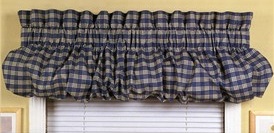
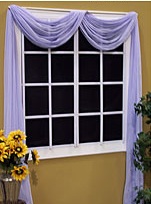
Other variations include a tapered window valance or a banner style window valance. The tapered window valance is one where the fabric starts down on both sides, but then the bottom edge is one large curve where the middle of the valance is longer than the rest. The banner window valance is slightly different and actually consists of three pieces of fabric rather than just one. The center piece of fabric is a half circle that starts at the upper corners of the valance with the longest part in the center. Then, behind that circular piece of fabric there is a triangular piece on each side. Both of these styles of window valances are usually done with stiff fabrics or even boards covered in fabrics rather than loose puckered fabrics.
Still another variation would be the balloon valance. Balloon window valances are made so that there is a balloon of fabric hanging from the curtain rod rather than a straight piece. The baric that hangs down is folded back on itself to create a pocket of fabric which is puffed up. These window treatments need more maintenance than most because you need to constantly making sure that the balloon is puffed and not wilting. One last way to make small changes to the basic valance styles is by adding trim or fringe. Some valances will have fringe hanging down along the entire bottom edge while others will have small pendants hanging at the bottom of points. Other window valances include buttons or other small embellishments.
Scarf Window Valances
There is another style of window valance that is not at all like either of the two basic window valance styles I described above called a scarf window valance. The valances are long pieces of fabric that go from the floor on side of the window, up to the top, across the width of the window, and back down to the other side to the floor. They are usually made of sheer and light fabrics that hang well. The manner in which the fabric is draped across the width of the window can vary. On method is to just drape it from one corner to the other so there is one large scallop of material. If you use this method, there really is not need of a curtain rod extending across the window. Two loops or tie back racks would be sufficient to secure the fabric on either corner. Alternatively, you can use a curtain rod and drape the fabric over it in several places creating any number of scallops. Two or three seem to be the most popular choices.


